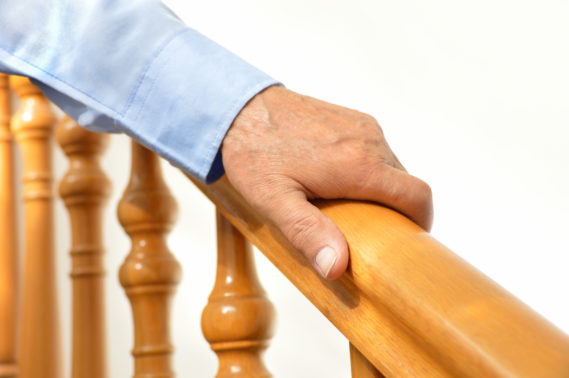Home Safety Tips for Seniors

Posted on January 22, 2019 by Jack Harding
At-home care has become increasingly popular in the last few years. This allows the elderly to remain in their homes and keep control of the life they have built for themselves. It is important though that you make sure potential at-home dangers are taken care of and that you’re prepared! It is easy to prevent accidents, falls and injuries by making some simple changes in the unsafe areas of the home.
The following tips will help keep you and your loved ones safe.
For around the house:
- Keep a fire extinguisher and smoke detector on every floor.
- Always get up slowly after sitting or lying down. Take your time, and make sure you have your balance. (it is easy to get up too quickly, get dizzy and fall).
- Wear proper fitting shoes with low heels.
- Use safety proofing locks (like these) to prevent unnecessary access to cupboards and drawers.
- Use a correctly measured walking aid.
- Remove or tack down all scatter rugs.
- Remove electrical or telephone cords from traffic areas.
- Avoid standing on ladders or chairs.
- Have sturdy rails for all stairs inside and outside the house, or, if necessary, purchase a stairlift.
- Make sure that all stair cases have good lighting with switches at top and bottom.
- Make sure that staircase steps should have a non-slip surface.
For the kitchen:
- Keep floors clean and free of mess.
- Keep any hazardous materials in a safe place (using something like this)
- Make sure work areas are well lit.
- Mark “on” and “off” positions on appliances clearly and with bright colours.
- Store sharp knives in a rack to avoid easy cuts.
- Use a kettle with an automatic shut-off (to avoid it burning down to the element)
- Store heavier objects at waist level (to avoid falls or crashing onto the head).
- Store hazardous items separate from food (to stop accidental dangerous ingestion)
- Make sure food is rotated regularly and check expiration dates.
For the bathroom:
- Leave a light on in your bathroom at night (a small nightlight will work fine)
- Use recommended bath aids, securely installed on the walls of the bath/shower stall and on the sides of the toilet.
- Skid-proof the tub and make sure the bath mat has a non-slip bottom.
- Mark cold and hot faucets clearly. (show what direction the faucet needs to turn)
- Use door locks that can be opened from both sides.
- Lock up medications that aren’t needed in a cupboard using a safety lock)
Posted in: Security, Uncategorized